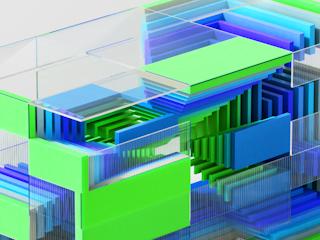The Valtech way
Over the past decade, qualitative research specifically, has increasingly moved into the remote space. There are many tools on the market which are supporting this. Remote research is fast and easy and supports agile and lean UX processes; furthermore, you can easily reach niche target groups in different countries and continents (just be aware of the time zone; some time zones are uncomfortable for us in the UK).
The Remote way
Our experience with remote research is especially helpful now in the current situation, for example we can no longer:
- Carry out pop-up or in situ research
- Have access to all possible research participants
- Share findings face to face
Despite this, we are still supporting clients with their research needs, with the same standards of quality, with even more flexibility and agility than ever before. No more is this relevant than with our health clients, NHS Digital, NHS DSC, NHS X and NHSBSA.
7 top tips to get the most from remote user research
So how are we excelling in remote working? Well let the experts tell you. Below are some of the top tips from our research community of practice:
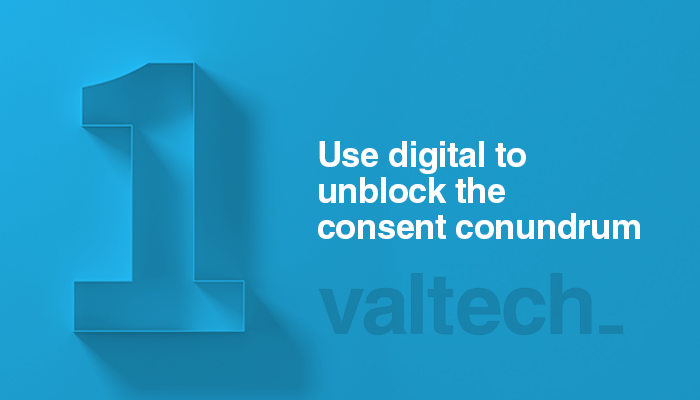
We developed a digital consent form to make it easy for our research participants to give us consent per email, without the need to print and sign a document.
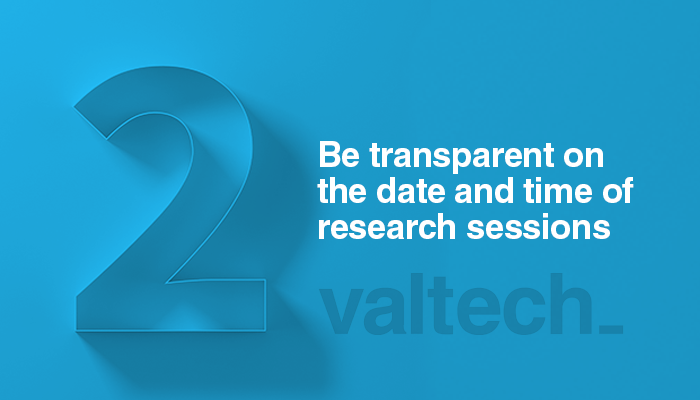
Create calendar invites for your colleagues to join the research sessions remotely, including links and technical information about the setup.
Be available on Slack for technical support and for updating your team about the user session (possible delays, cancellations, etc.).
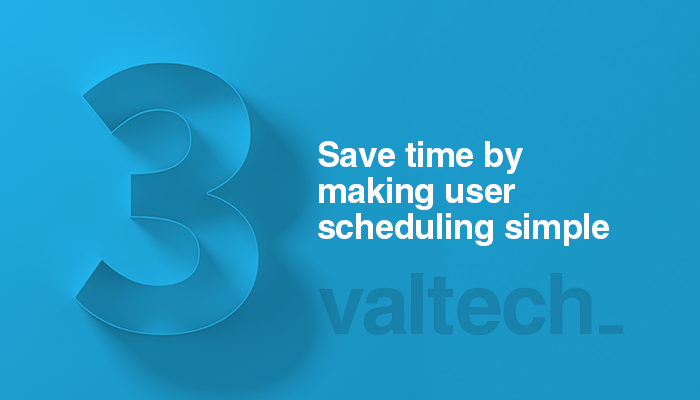
Make scheduling of users simple with remote tools like Calendly or Doodle that allow users to pick a slot for the interview session. You will save many emails with that!
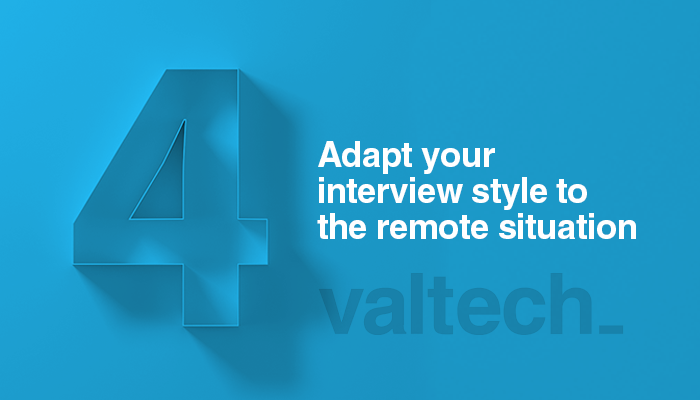
This can’t be understated. Part of being a researcher is about being empathic which is much easier face to face. When online, be extra attentive, keep eye contact, smile, chat. That helps!
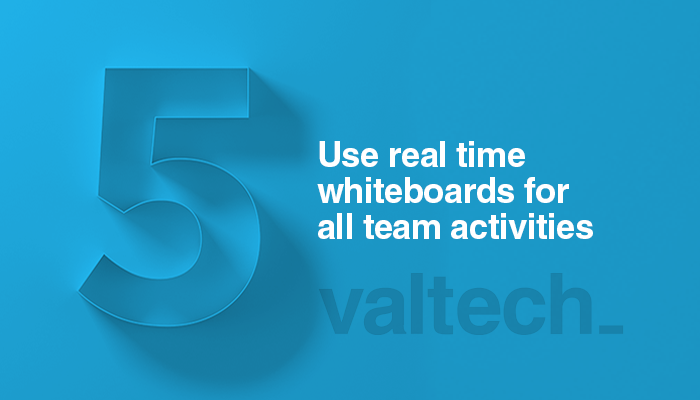
With tools like MIRO, you can organise a complete design sprint with the whole team. Daily stand-ups, lightning demos, hypotheses, sprint goals, concepts, user research observations and findings…. Only sketching needs to be done on paper, but you can scan it, slack it, put it on MIRO.
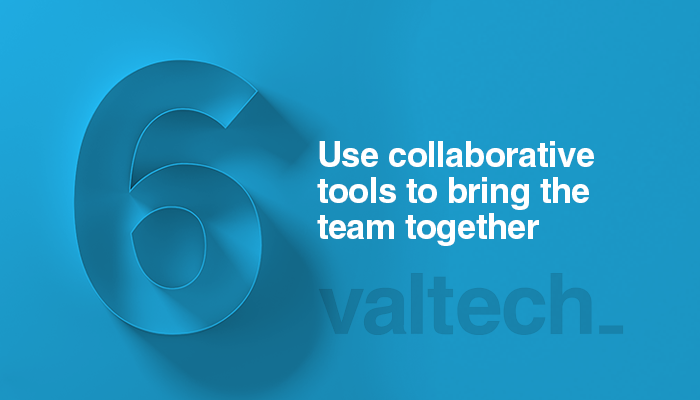
Tools like Google Docs help a lot to work on documents together as a team; for example, when you are creating a show and tell. We’ve been working with these tools for quite a while now, but in the current situation their value is even more tangible.
Create a team slack channel - With a team slack channel, you can stay in continuous contact with your team members to share ideas, send updates, ask questions.
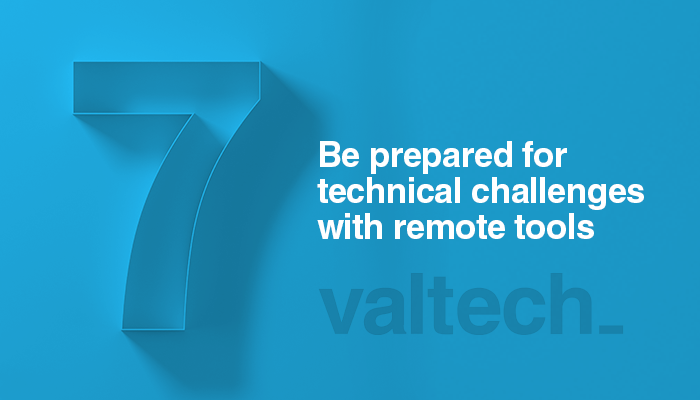
Doing user research with remote tools can cause many problems: firewall in network, audio not working, connection issues, noisy surroundings.... Always be prepared for the worst case and have a fall-back option, e.g. using a combination of mobile phone with loudspeakers and user’s laptop.
Keep in contact with your colleagues!
For your own well-being, do frequent video calls with your colleagues via morning check-in meetings and evening check-out meetings.
In conclusion
At Valtech we very much believe in “always researching” with our clients and during these challenging times where irregularity is the norm, “always researching” is even more fundamental as how our users act is changing. A large part of our work and private life has moved to online; digital transformation is accelerated by the current situation. Valtech's expertise in creating digital experiences is essential, especially now. There are new behaviours to understand, new journeys and pain points to map. Simply put, a lot of our existing knowledge isn't as relevant as before. There is a new “new”, we have to understand the “new”… quickly… and leveraging remote ways of working is a true enabler.




